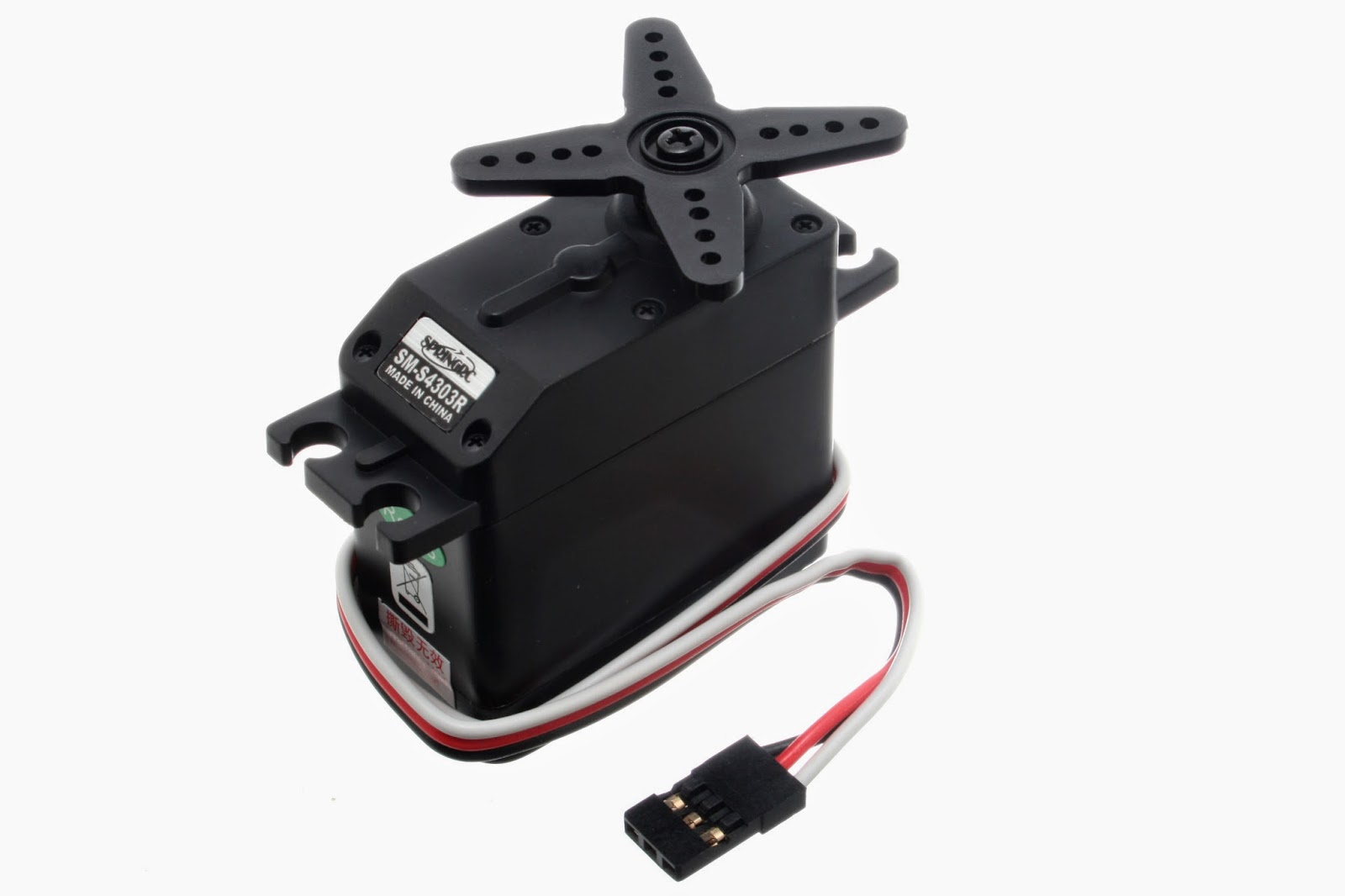
Arduino modbus server full#
The good part is that full 16-bit protocol range is supported ( 0 to 65535). There is good and bad in providing Protocol Address range. This Address is in the Modbus Protocol format and not in the more commonly PLC address scheme. This is truly advanced SCADA level data collection approach that gives you one interface to set and view live values from many operation modes.Īfter the Slave ID is programmed per your remote device, the correct Modbus Address must be set.

With Modbus Monitor Advanced, you have a ability to set different protocol, IP Address, Ports, Channels per each Monitor Point Entry. Again, the input fields are explained on the Parameters Page and not discussed on this page.
Arduino modbus server serial#
Depending on the option selected, the Modbus Monitor Advanced switches the editing dialog box into proper input fields(for example, the "Baud rate" for serial channel or IP Address for "TCPIP" mode). See FAQ Page if you need help getting the USB Serial Port up and running. Most quality USB serial ports manufacturer lists the internal chipset somewhere on their website. If your remote device is connected to your phone or tablet with the USB Serial port then choose the "FTDI" or "Prolific" based on the USB Serial Port's chipset manufacturer. So, here it is very simple choice, if your remote device is connected to Wi-Fi or Ethernet cable, then you choose "TCP/IP" as a Channel. You can find more details on supported and tested communication devices on the Hardware Page.


One is the Ethernet/Wi-Fi TCP/IP and the other is USB Serial Port(s). The Modbus Monitor Advanced supports two types of physical layers. In the Channel option, you choose what physical or network device your remote device (server/slave) will be acknowledging the communication. One of the first option is the "Channel". Refer to Parameter Page to see all of these options and their explanations. Tap on the Monitor Point in the list and select "Change" option to edit the point just added. When clicked "Add" or (+), the monitor point is added with Default settings and values. This can be done by clicking (+) or selecting "Add" from menu option. Modbus Monitor Advanced needs at least one monitor point to start the polling in the Master Mode. In the Master Mode of operation, the app polls the remote device with specific protocol and displays values returned. The Modbus Slave mode is explained on Modbus Slave page. The Modbus Master Mode will be explained here. The Modbus Monitor Advanced app have two modes of operation known as a Master Mode (Client) and Slave (Server) Mode.


 0 kommentar(er)
0 kommentar(er)
